Rani Tarabai Bhonsale – The Warrior Maratha Queen
- Ancient history Asian history
 Sneha Shastri
Sneha Shastri- November 7, 2022
- 1
- 782

A true warrior, and a valiant queen, Rani Tarabai was one of the most courageous Maratha queens. She stood against the Mughals when they (Mughals) thought all that was in their way was a widow and her infant son. But little did they know that she would prove them all wrong.
Tarabai belonged to the Mohite clan. She was born to Hambir Rao Mohite, the commander-in-chief of Shivaji’s army. From her early years, she was trained in archery, horsemanship, sword fighting, and diplomacy. Growing up, she had witnessed a number of wars between the Mughals and the Marathas.
At the age of 8, she was married to Rajaram I, the son of Shivaji. After Shivaji’s death Sambhaji his eldest son took over. But Sambhaji was captured by Aurangzeb and later executed. Following this startling incident Tarabai’s husband Rajaram I was crowned the next king. But fate had other plans in store.

Rajaram I passed away in 1700, leaving behind an infant Shivaji II and Tarabai. Shivaji II was then crowned king but with his mother Tarabai as regent. Tarabai and her husband Rajaram had survived an 8-year siege at the Gingee fort, in Tamil Nadu and due to Rajaram’s deteriorating health it was Tarabai along with Maratha guerrilla warfare experts Santaji Ghorpade and Dhanaji Jadav who commanded the army troops and protected the Maratha throne.
This was the second phase of Tarabai’s life. She took command of the army. She was well versed in military, civil and political affairs. The Mughals were relieved that a woman was leading the Maratha empire. “The Mughals felt that it would not be difficult to overcome two young children and a helpless woman. They thought their enemy weak, contemptible, and helpless;but Tara Bai as the wife of Ram Raja[i.e.Rajaram] was called, showed great powers of command and government and from day to day the war spread and the power of the Mahrattas increased” wrote Khafi Khan, the Mughal Court Chronicler in his book Munthkab-Al-Lubab.
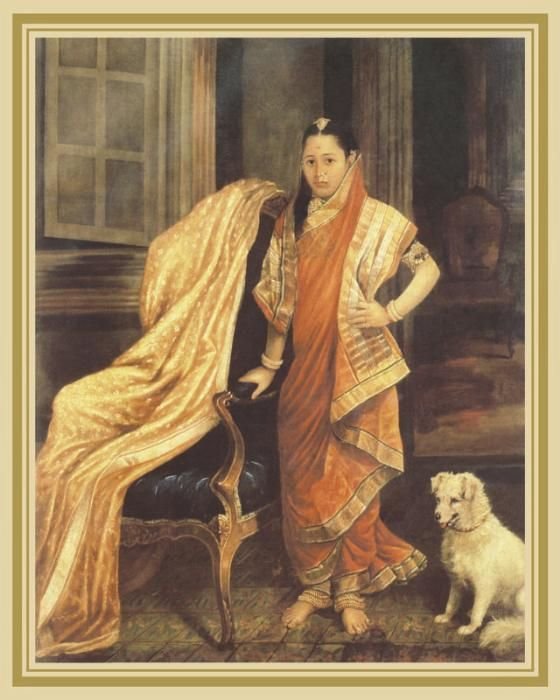
So how did Tarabai rise to power? What was it that made Mughal courtiers like Khafi Khan praise her rule?
She personally led the war against the Mughals in many pitched battles against them. Not playing the role of a grieving widow for long, she quickly organised a rigorous resistance that threw Aurangzeb off guard.
She travelled from one Maratha kingdom to another forging crucial alliances and mobilising resources and men. Tarabai personally led her armies from the front, inspiring her commanders to emulate her.
By 1705, Marathas had crossed the Narmada River and made small incursions in Malwa, retreating immediately. In 1706, Tarabai was captured by Mughal forces for a brief period of 4 days but she escaped after the Mughal camp – in which she was being held – was ambushed by the Marathas.
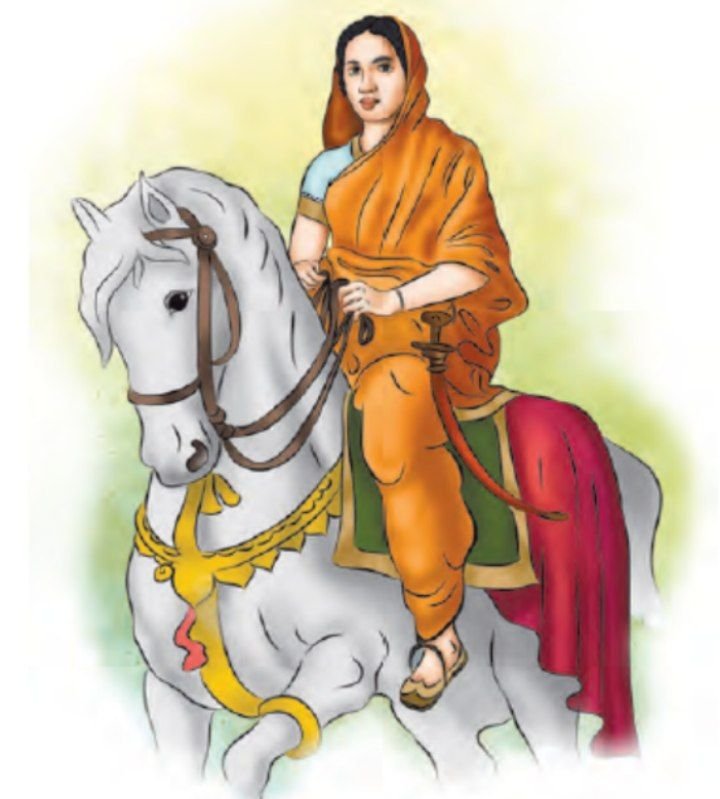
Tarabai’s greatest strength was that she never stopped learning, even from her enemies. Aurangzeb had a particular strategy in bribing the commanders of the enemy army. Tarabai did the same against the Mughals and as a result, her army penetrated into Mughal territory as far as Malwa and Gujarat.
Although the Mughals captured certain vital forts, including her own, she still had control of resources from other territories in the Mughal domain.
Now Aurangzeb was dead, the Mughals released Shahu, the son of Smbhaji who was captive for 17 years. They thought, that Shahu would be a puppet in the Mughal hands and also be a non-minor contender to the Maratha throne and it would be easy to sidelineTarabai.
Tarabai didn’t accept Shahu’s claim as she thought he was unfit to rule given he was under the captivity of the Mughals. This hostility turned into a war that turned in favour of Shahu, as he also had the favour of the Peshwa-Balaji Vishwanath. Shahu was crowned the emperor. But Tarabai didn’t give up.
Tarabai established a rival court at Kolhapur and but she was deposed soon by Shahu and Rajasabai (Rajaram’s second wife). Rajasabai had collaborated with Shahu to put her son Sambhaji II on the Kolhapur throne. Tarabai and her son Shivaji II were imprisoned, but whom she never exposed to the outside world was her grandson Ramraja.

Sambhaji II forced Shahu to keep Tarabai in house arrest at Satara. Since Shahu did not have children of his own, he designated Ramraja as his successor.
With Tarabai’s help, the young prince ascended the Maratha throne. However, later when he became close to the powerful Peshwa, Nana Sahib, and refused to accede to her wishes, Tarabai denounced him as her grandson.
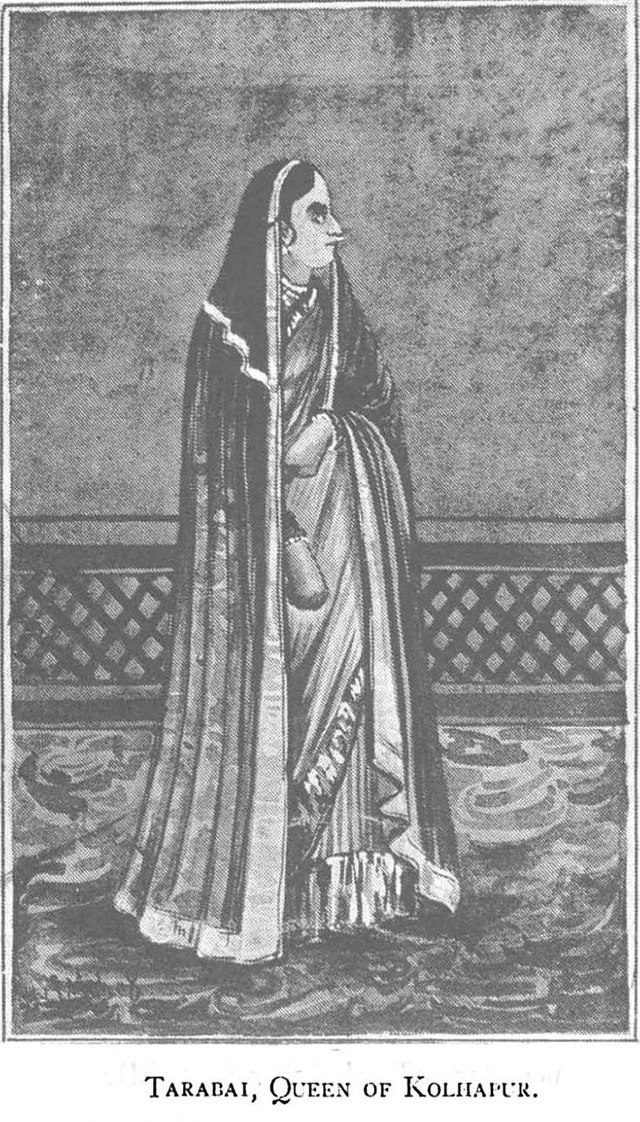
Nonetheless, in 1752, Tarabai had to settle for a pact that acknowledged Nana Sahib’s authority in return for the freedom to settle “into her life’s final role – that of a powerful quasi-sovereign dowager”.
She agreed to dismiss her lieutenant Baburao Jadhav, whom Balaji Baji Rao disliked. In return, Balaji Baji Rao forgave her. On 14 September 1752, the two took oaths at Khandoba temple in Jejuri, promising mutual peace. At this oath ceremony, Tarabai also swore that Rajaram II was not her grandson.

Nevertheless, Balaji Baji Rao retained Rajaram II as the titular Chhatrapati and a powerless figurehead.
Tarabai breathed her last at the age of 86 in 1761. Her demise happened a few months following the disastrous third battle of Panipat, where the Maratha army was annihilated by Ahmad Shah Abdali. Historians agree that the same disaster at Panipat would have been visited upon the Marathas had Tarabai not taken charge in 1701. The survival of the nascent Maratha kingdom was her enduring legacy.
In her seven-year role as the regent, Tarabai single-handedly ensured that the Maratha resistance not only endured against the Mughals but would also rise to become a dominant force in the Indian subcontinent long after her death.
‘Rainha dos Marathas’ or the Queen of Marathas was undoubtedly the reason for the survival of the Maratha Empire. She came, she conquered she cared- This is the story of Rani Tarabai Bhonsle.
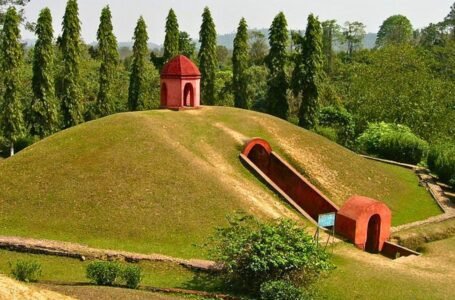
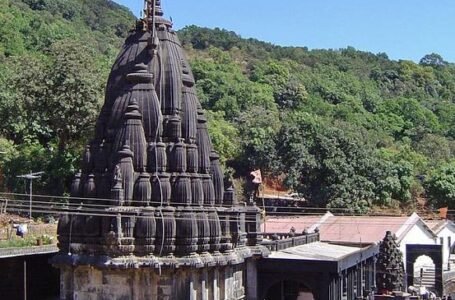
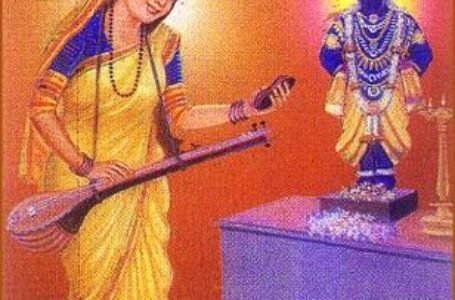
1 Comment
[…] https://historified.in/rani-tarabai-bhonsale-the-warrior-maratha-queen/ […]
Comments are closed.